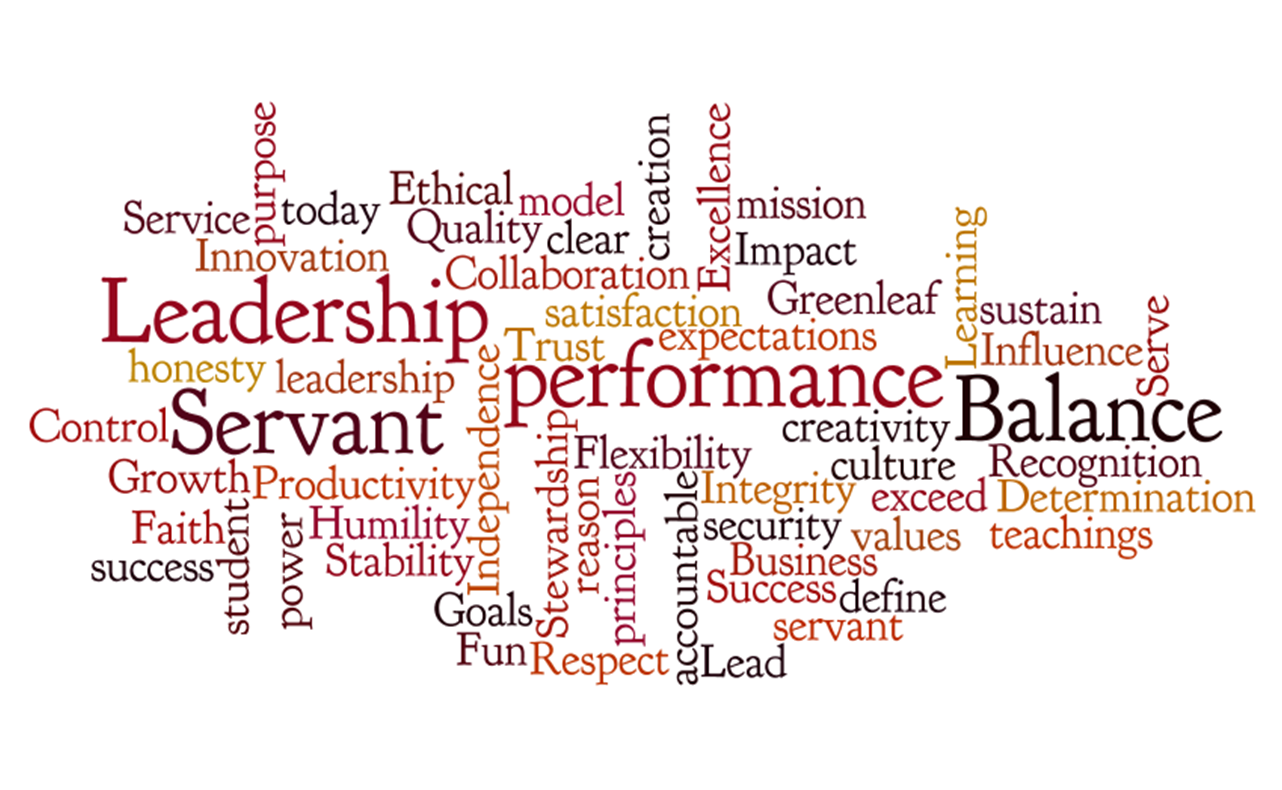A few weeks ago, I summarized my Top 10 Takeaways from the 2013 Greenleaf Conference. The conference is based on the teachings of Robert K. Greenleaf who coined the phrase servant leadership in the 1960s.
I have been a student of this style of leadership for most of the past decade. I’ve seen the concept confused with being too soft. I’ve seen it abused by those with a bent for religious fervor. I’ve seen attempts to capture it in psychometric instruments, key performance metrics, and poetry.
When the world gets carried away in an effort to apply a concept like servant leadership, I find it useful to tune out the noise by turning back to the originator.
I recently picked up my well-worn copies of Greenleaf’s 1970 essay, The Servant as Leader, and the biography Robert K. Greenleaf: A Life of Servant Leadership, by Don M. Frick. I’m glad I did. They helped remind me why I started down this path several years ago.
In this series of 3 posts, I will share quotes from the Greenleaf material and how I’ve applied them along my leadership journey. Today’s post is on Principle 1: Leadership is a calling to serve others before self.
The Paradox of Serve and Lead
The first time I heard the term servant leadership, I was not impressed. I thought that leadership at its best was based on discipline and accountability. I didn’t think servant leadership sounded tough enough to meet the high expectations I set for myself or those I would want to follow. But, before I discounted the idea, I decided to learn more about what Greenleaf had in mind. Here is how he explained his choice of words in the forward to his essay:
Serve and lead are overused words with negative connotations. But they are also good words and I can find no others that carry as well the meaning I would like to convey. Not everything that is old and worn, or even corrupt, can be thrown away. Some of it has to be rebuilt and used again. So it is, it seems to me, with the words serve and lead.
Fair enough. Greenleaf wanted to reshape how we think of leadership. Doing that would require rebuilding our leadership vocabulary.
Who Serves Whom?
If we suspend the traditional meaning of serve and lead, how did Greenleaf suggest these roles interplay with one another? Should people in positions of servitude be followed? Were leaders to spend their time pouring coffee and clearing copy machine jams? I found my answer on page 5 of the Greenleaf biography:
The core of servant leadership is quite simple: authentic, ethical leaders, those whom we trust and want to follow, are servants first. This stands in sharp contrast to the person who wants to be a leader first and then, after clawing his or her way to the top, decides to perform acts of service.
Interesting. I always thought of myself as a person of service. Suddenly, the seed of taking on a leadership role was planted. I could leverage my ability to help people and organizations achieve their greatest potential. Not by standing in front and asking them to make me stronger. But by standing in front and helping them see how much stronger they were as a collective. The possibilities for service were exponential.
I Was the Enemy
But, who was I to take the spotlight? Although I had decades of corporate experience and an MBA, I felt more comfortable doing research and preparing opinions to advise leaders. And, quite frankly, I feared failure. It was safer to stand behind others than it was to stand in my own light. Greenleaf’s response was a shot to my core.
Evil, stupidity, apathy, the ‘system’ are not the enemy . . . The enemy is strong natural servants who have the potential to lead but do not lead, or who chose to follow a non-servant. – Greenleaf essay, p. 35
Ouch! He was speaking directly to me. He was telling me that my fear of failure was selfish. My advisory role was no longer enough. If I did not step out of my comfort zone, I was responsible for leadership mediocrity. I was the enemy.
That was the beginning of my servant leadership journey. Once I understand Greenleaf’s desire to reshape leadership as a calling to serve others first, I could not un-ring the bell.
Question: How would using the term “servant leadership” transform the way you think about leadership? Please leave your comment below.




